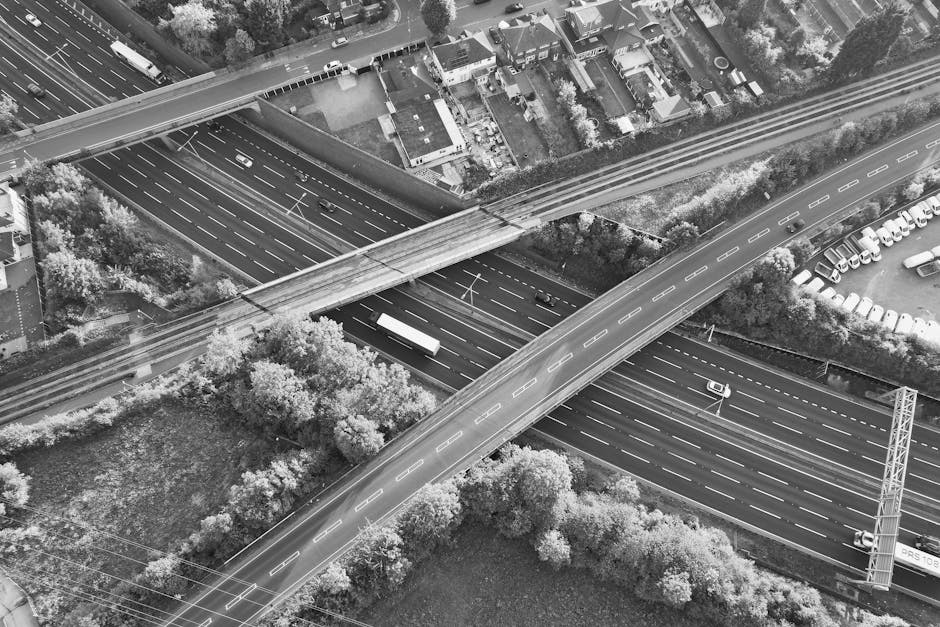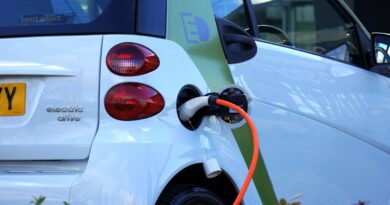Exploring Connectivity in Modern Vehicles
As technology continues to advance at a rapid pace, the automotive industry is undergoing a transformation unlike anything seen before. One of the key drivers of this evolution is the increasing connectivity in modern vehicles. From advanced infotainment systems to autonomous driving capabilities, cars are becoming more connected than ever before. In this article, we will delve into the various aspects of connectivity in modern vehicles, exploring its impact on the driving experience, safety, and future of transportation.
The Evolution of Vehicle Connectivity
Connectivity in vehicles has come a long way since the introduction of basic GPS systems and Bluetooth capabilities. Today, modern cars are equipped with a wide range of features that leverage the power of the internet and advanced technology. These features include:
– **Infotainment Systems**: Modern vehicles come equipped with sophisticated infotainment systems that offer a seamless integration of entertainment, navigation, and communication tools. Drivers can access music, navigation, and hands-free calling through touchscreens or voice commands.- **Telematics**: Telematics systems allow vehicles to communicate with external networks, providing real-time data on performance, maintenance, and diagnostics. This data can be used to improve fuel efficiency, optimize maintenance schedules, and enhance the overall driving experience.- **Connected Services**: Many automakers offer connected services that enable remote access to vehicle functions, such as locking/unlocking doors, starting the engine, and checking tire pressure. These services enhance convenience and security for drivers.- **Autonomous Driving**: Connectivity plays a crucial role in the development of autonomous driving technologies. By enabling vehicles to communicate with each other and with infrastructure, connectivity paves the way for safer and more efficient self-driving cars.
The Benefits of Connected Vehicles
The integration of connectivity into modern vehicles brings a host of benefits for drivers, passengers, and society as a whole. Some of the key advantages include:
– **Enhanced Safety**: Connected vehicles can communicate with each other to prevent accidents and improve traffic flow. Features like automatic emergency braking and lane-keeping assist use connectivity to enhance safety on the road.- **Improved Convenience**: Connected services allow drivers to remotely control various functions of their vehicles, such as pre-conditioning the cabin temperature or checking the vehicle’s location. This enhances convenience and peace of mind for drivers.- **Efficient Traffic Management**: By leveraging real-time data on traffic conditions, connected vehicles can help reduce congestion and optimize traffic flow. This leads to shorter commute times and a more pleasant driving experience for everyone.- **Environmental Benefits**: Connected vehicles can contribute to a reduction in emissions by optimizing driving routes, promoting eco-friendly driving habits, and improving fuel efficiency. This has a positive impact on the environment and public health.
By Silvere Meya via Pexels
The Challenges of Vehicle Connectivity
While the benefits of connectivity in modern vehicles are clear, there are also challenges that need to be addressed to ensure its widespread adoption and success. Some of the key challenges include:
– **Cybersecurity Risks**: As vehicles become more connected, they also become more vulnerable to cyber attacks. Hackers could potentially gain access to critical systems, compromising the safety and security of the vehicle and its occupants.- **Data Privacy Concerns**: Connected vehicles collect a vast amount of data on driving habits, location, and personal preferences. There are concerns about how this data is stored, used, and shared, raising questions about data privacy and security.- **Infrastructure Limitations**: The effectiveness of connected vehicle technologies relies on a robust infrastructure that supports communication between vehicles and with external networks. In areas with poor connectivity, these technologies may not function as intended.- **Cost of Implementation**: The integration of connectivity features into vehicles can drive up the cost of production, making them less accessible to consumers. Automakers need to find a balance between offering advanced features and keeping vehicles affordable.
By Tom Fisk via Pexels
The Future of Connected Vehicles
Looking ahead, the future of connected vehicles is filled with exciting possibilities and innovations. Some of the trends that are shaping the future of vehicle connectivity include:
– **5G Connectivity**: The rollout of 5G networks promises to revolutionize connectivity in vehicles, offering faster speeds, lower latency, and greater bandwidth. This will enable new applications and services that were previously not feasible.- **Vehicle-to-Everything (V2X) Communication**: V2X communication allows vehicles to exchange data with other vehicles, infrastructure, pedestrians, and the cloud. This technology will enable enhanced safety features, improved traffic management, and more efficient transportation systems.- **Artificial Intelligence**: AI-driven technologies are being integrated into connected vehicles to enhance driver assistance systems, personalize the driving experience, and optimize vehicle performance. AI will play a key role in the development of autonomous driving capabilities.- **Shared Mobility Services**: Connected vehicles are enabling new models of transportation, such as ride-sharing and car-sharing services. These services leverage connectivity to provide on-demand access to vehicles, reducing the need for individual car ownership.
By Altaf Shah via Pexels
Expert Opinions
We reached out to industry experts to get their insights on the impact of connectivity in modern vehicles. According to Dr. Emily Thompson, a transportation technology analyst, “Connectivity is reshaping the automotive industry, enabling new levels of safety, efficiency, and convenience. As vehicles become more connected, we can expect to see a shift towards a more integrated and intelligent transportation ecosystem.”
Common Misconceptions
One common misconception about connected vehicles is that they are only for tech-savvy individuals. In reality, modern cars are designed to be user-friendly and intuitive, with features that cater to a wide range of drivers. Connectivity is not just about technology; it’s about enhancing the driving experience for everyone.
Conclusion
To wrap things up, connectivity in modern vehicles is revolutionizing the way we drive, offering a host of benefits for safety, convenience, and efficiency. As technology continues to advance, we can expect to see even more exciting developments in the world of connected vehicles. It’s an exciting time to be a part of the automotive industry, where innovation is driving us towards a smarter and more connected future.

By Erik Mclean via Pexels




